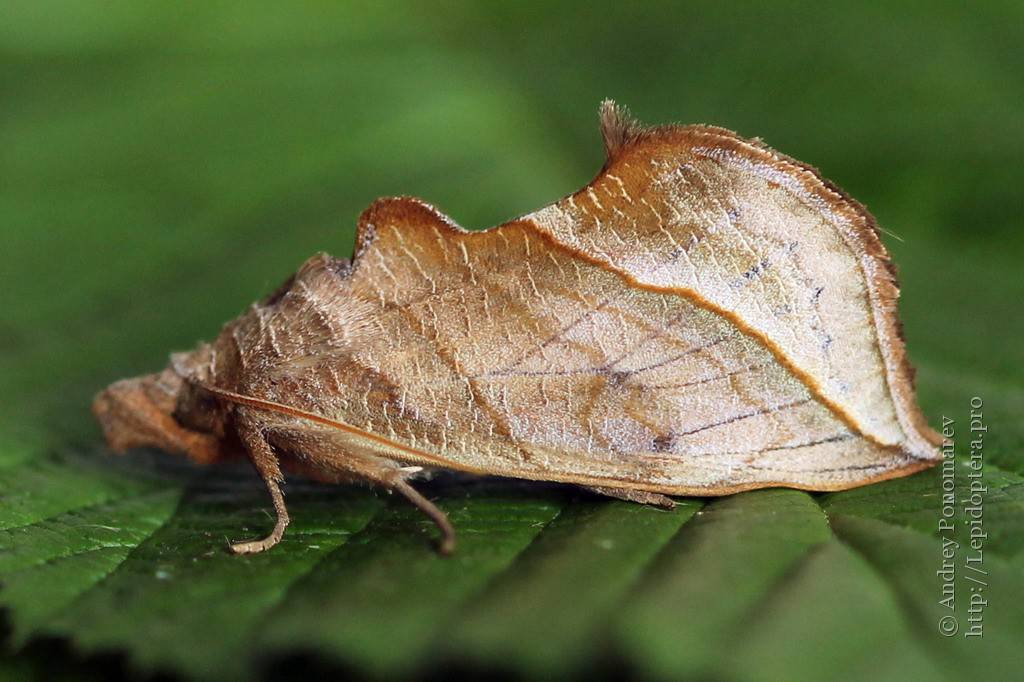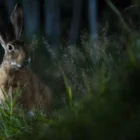Do Calyptra thalictri moths drink blood?

Belonging to the Noctuidae family, Calyptra thalictri moths are part of a vast group of insects commonly known as owlet moths. These moths exhibit a broad taxonomic diversity, with members found across the globe. Calyptra thalictri, in particular, boasts a diverse range of species that have adapted to various environments, from lush tropical forests to arid deserts.
As creatures of the night, Calyptra thalictri moths are primarily nocturnal in their activities. The cover of darkness provides them with a shield against diurnal predators, and it is during these nighttime hours that they engage in crucial life processes such as feeding, mating, and ovipositing. The distinct behavioral patterns associated with their nocturnal lifestyle add to the enigma that surrounds these moths.
Moths and Their Feeding Habits
Contrary to their usual fruit-centric diet, experiments revealed a surprising proclivity for blood-feeding when offered human hands. This phenomenon, termed mud-puddling, raises intriguing questions about the evolutionary adaptations and nutritional implications associated with this behavior.
A Male-Exclusive Activity
Among Calyptra thalictri moths, blood-sucking is a behavior exclusive to males. Intriguingly, these moths exhibit a unique ability to drill their hook-like tongues under the skin, extracting blood for durations that can extend up to 20 minutes.
This distinctive behavior challenges traditional notions about insect feeding habits and beckons a closer examination of the underlying reasons behind this unexpected activity.
Mud-Puddling and Nutrient Acquisition
The roots of the blood-sucking behavior in Calyptra thalictri moths trace back to an evolutionary strategy known as mud-puddling. This phenomenon involves males congregating on specific substances to obtain essential nutrients.
The blood-sucking behavior appears to have evolved as a means for males to pass on vital salts to females during copulation, providing a nutritional boost for the young larvae that later feed on leaf-rich but sodium-poor diets.
Evolutionary adaptations
Researchers have observed notable morphological changes in male Calyptra thalictri moths that engaged in blood-feeding compared to those that did not. A reduction in the number of olfactory sensilla, particularly those sensitive to vertebrate-related compounds, has been documented.
This reduction in sensitivity may correlate with an increased likelihood of a male taking a blood meal, highlighting the role of sensory adaptations in the blood-sucking behavior observed in this moth species.
The blood-sucking behavior of Calyptra thalictri moths is not merely a curious anomaly but a subject of sexual selection within the population. Males exhibiting this behavior may have a higher likelihood of successful copulation, passing on essential nutrients to females and their offspring. This intricate dance of sexual selection and population dynamics sheds light on the evolutionary significance of blood-feeding in the Calyptra thalictri population.
Vampire Moths Suck the Blood of Vertebrates, Including Humans










